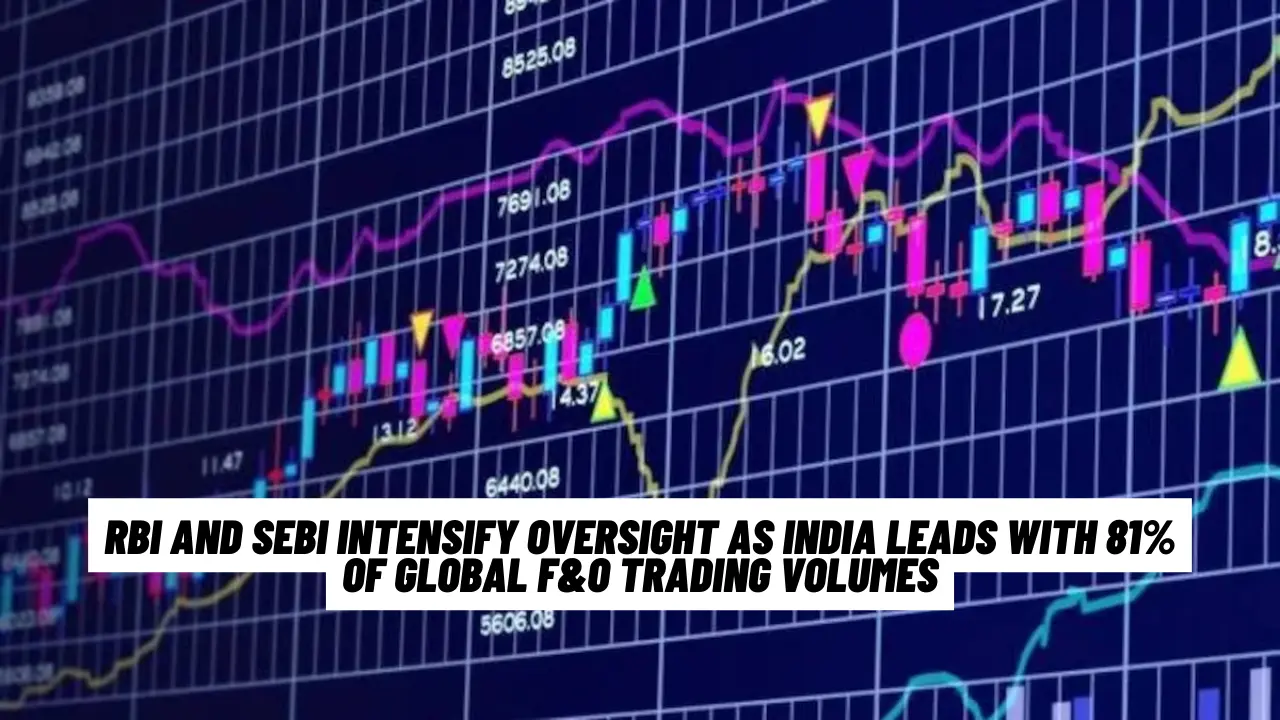In recent years, the Indian market has witnessed a significant shift in consumer preferences from traditional bar soaps and powdered detergents to liquid alternatives. This transformation, often referred to as the “Liquid Revolution,” is reshaping the landscape of personal and home care products in the country. Let’s explore the driving forces behind this change and what it means for consumers and businesses alike.
The Rise of Liquid Personal Care Products
1. Convenience and Hygiene
Liquid soaps and body washes are perceived as more hygienic than bar soaps, which can harbor bacteria and grime from repeated use. The convenience of pump dispensers and easy-to-use bottles also appeals to the modern, fast-paced lifestyle. As consumers become more health-conscious, the demand for products that promote better hygiene has surged.
2. Superior Moisturizing and Skin Care
Many liquid personal care products are formulated with additional moisturizing agents and skin-friendly ingredients. These formulations cater to consumers looking for more than just cleanliness—they seek products that also nourish and protect their skin. Brands like Dove and Nivea have capitalized on this trend by offering liquid soaps with added benefits like moisturizers and essential oils.
3. Innovative Packaging and Marketing
The marketing of liquid products has been more dynamic and engaging. With colorful packaging, attractive fragrances, and a wide variety of options, liquid soaps and washes appeal to a broader audience, including children and young adults. Companies like Lux and Dettol have launched campaigns highlighting the benefits of liquid over bar soaps, further driving consumer interest.
The Shift in Home Care: Liquid Detergents and Cleaners
1. Efficiency and Performance
Liquid detergents dissolve more easily in water compared to powders, providing more effective cleaning, especially in cold water. This efficiency translates to better stain removal and fabric care, which is a significant selling point for consumers looking for optimal laundry results. Brands such as Surf Excel and Ariel have developed liquid variants that promise superior cleaning with less product.
2. Environmental Considerations
Modern consumers are increasingly aware of the environmental impact of their purchases. Liquid detergents typically come in concentrated forms, reducing the amount of packaging and water required. This eco-friendlier approach resonates with the growing segment of environmentally conscious buyers. Companies are also exploring biodegradable formulas and refillable packaging options to further reduce their environmental footprint.
3. Ease of Use
The ease of measuring and using liquid detergents is another advantage over traditional powders. The hassle-free dispensing and reduced risk of spillage make liquids a preferred choice for many households. With innovations like pre-measured pods and sachets, brands are making it even more convenient for consumers to switch to liquid products.
Factors Driving the Liquid Revolution
1. Urbanization and Changing Lifestyles
The rapid urbanization in India has led to smaller living spaces and busier lifestyles. Liquid products, with their compact packaging and ease of storage, fit well into the modern urban home. The shift towards nuclear families and dual-income households also means that consumers are willing to pay a premium for convenience.
2. Rising Disposable Incomes
With increasing disposable incomes, Indian consumers are more willing to experiment with and invest in premium products. The perception of liquid products as higher-end alternatives to traditional soaps and detergents has driven their popularity among the middle and upper classes.
3. Influence of Global Trends
The influence of Western lifestyles and global trends cannot be overlooked. As international brands expand their presence in India, they bring with them the popularity of liquid personal and home care products. The exposure to global media and travel has also played a role in shaping Indian consumer preferences towards liquids.
Challenges and Considerations
Despite the growing popularity, the transition to liquid products is not without its challenges:
1. Higher Cost
Liquid soaps and detergents are generally more expensive than their traditional counterparts. This price difference can be a barrier for price-sensitive consumers, especially in rural areas where bar soaps and powder detergents still dominate.
2. Market Penetration in Rural Areas
The penetration of liquid products is still low in rural markets. Traditional soaps and detergents have established distribution networks and strong brand loyalty in these regions. Companies need to invest in education and awareness campaigns to convince rural consumers of the benefits of switching to liquids.
3. Environmental Concerns
While liquid products are often marketed as environmentally friendly, the reality can be more complex. The production and disposal of plastic bottles, as well as the use of chemicals in formulations, raise environmental concerns. Companies must balance convenience with sustainability to truly cater to the eco-conscious consumer.
Quick Review:
Q1.Why are liquid soaps considered more hygienic than bar soaps?
Ans. Liquid soaps reduce the risk of bacterial transfer and grime accumulation, offering a more sanitary option for frequent handwashing.
Q2.What makes liquid detergents more efficient than powdered ones?
Ans. Liquid detergents dissolve quickly in water, enhancing stain removal and fabric care, especially in cold water.
Q3.Are liquid products more environmentally friendly?
Ans. Many liquid products come in concentrated forms and are designed to use less packaging. However, their environmental impact also depends on factors like packaging materials and formulation ingredients.







